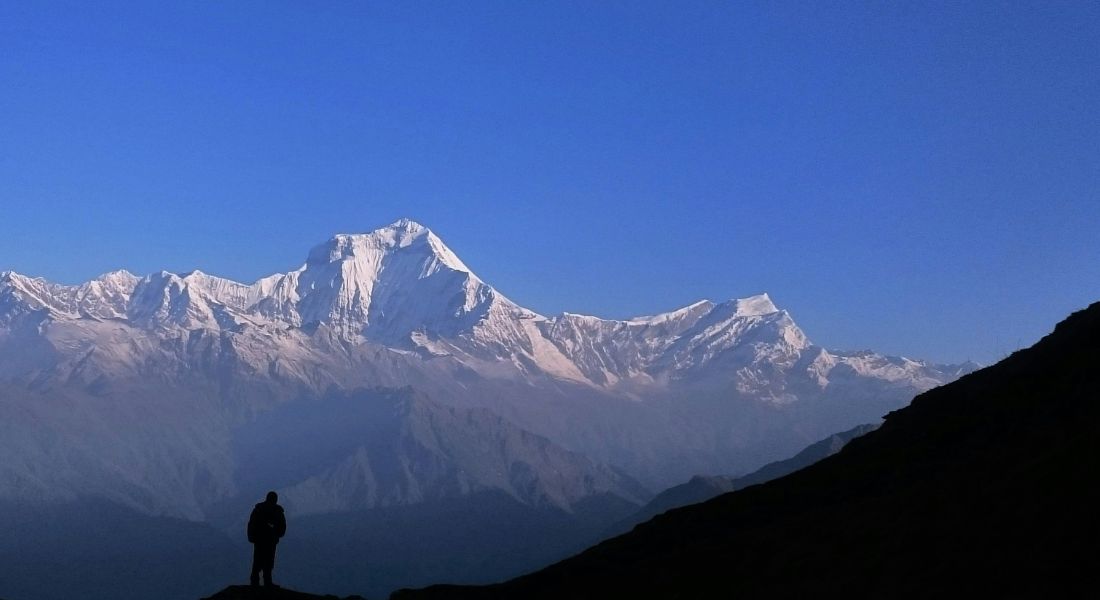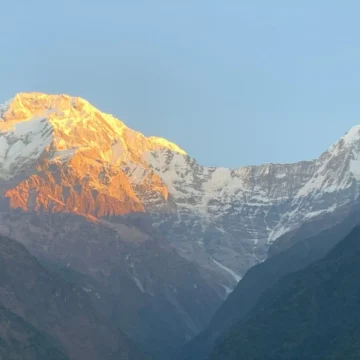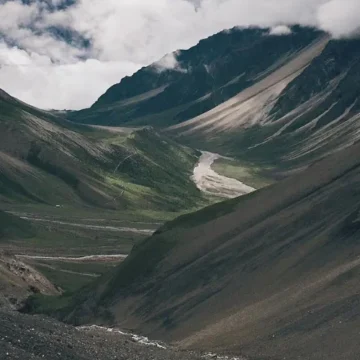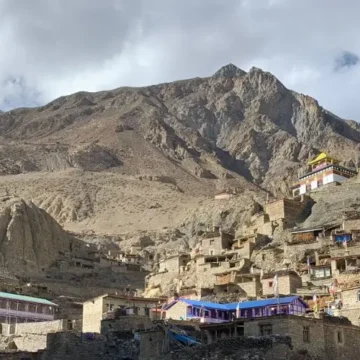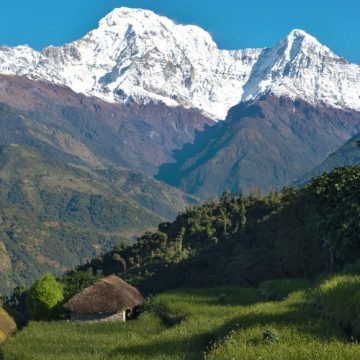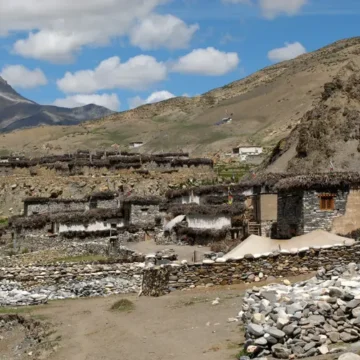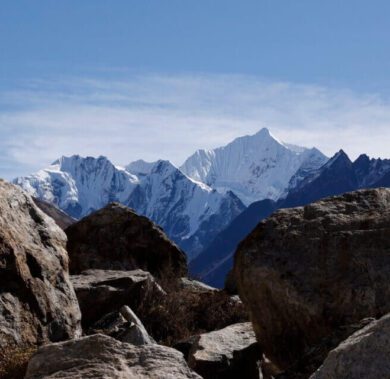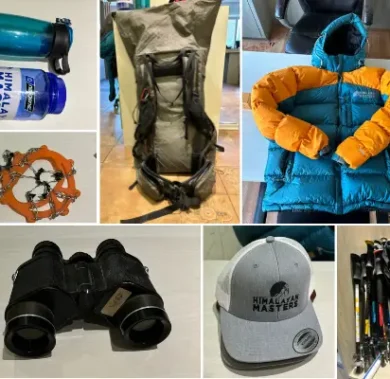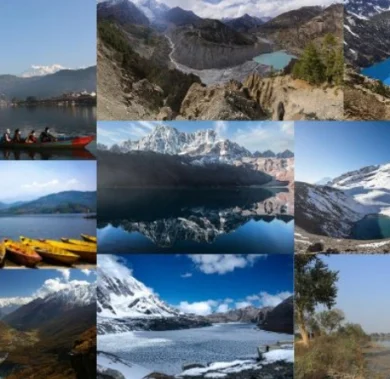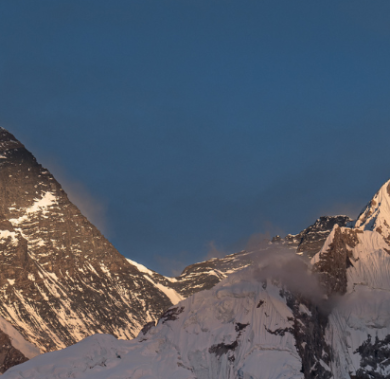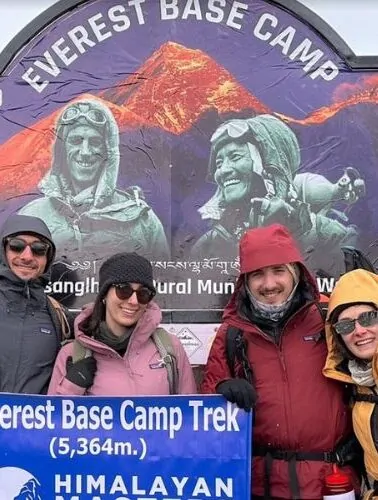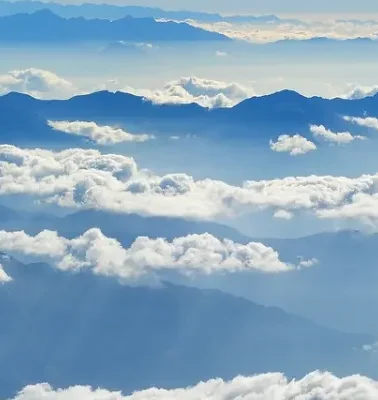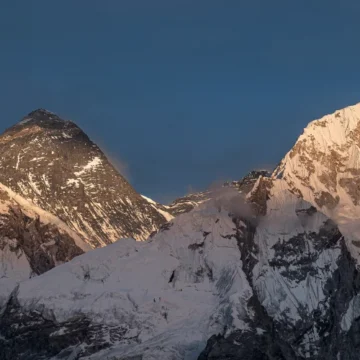
What To Wear In Khopra Danda Trek?
Table of Contents
Trek to Khopra Ridge is one of the amazing off–beaten trails for trek lovers worldwide. This trek is a golden opportunity to admire the wonders of Nepal’s Himalayas, which offer blissful memories. During the trek, you will visit 3 different viewpoints for stunning views of several peaks and their surroundings. Likewise, along with stunning views, this trek could be more comfortable and enjoyable if you have exact knowledge of what types of clothes you should pack for the Khopra Danda Trek.
A little ignorance or a kind of unpreparedness can badly affect your health, ruining the whole Himalayan experience. Himalayan Masters leave no stone unturned to help you plan the trip in an outstanding manner so that you can be blessed with each and every moment of your travel.
This article briefly tells you about the kinds of gear (especially the clothing) you require during your Khopra Danda trek. The types of clothes you require to wear, especially at the lower altitude, depend on the season of your visit.
The trail above 3000 meters is usually very cold throughout the year, requiring warm clothing for extreme cold, especially in the mornings and evenings.
You need to take warm clothes, regardless of the season, as the final destination, Khopra Danda (Ridge), lies at an altitude of 3660 meters. If you still extend your trek up to Kayer Lake at 4750 meters, you must be prepared accordingly, as the temperature might go below zero degrees.
The clothing you require for the Khopra Ridge trek is described below in five different categories:
Headwear
The head is the most sensitive part of the human body. Most sicknesses during travel in the Himalayas begin to appear in the head. Headache, nausea, common cold, etc., are the symptoms of cold and altitude sickness.
Thus, the head must be protected from the chilling cold in the higher elevation and probably from scorching sunlight in the lower elevation in the daytime.
Sunhat can be the best while hiking on a sunny day to prevent the face and neck from getting sunburned. A Woolen or fleece cap and a beanie are essential for keeping the whole head warm in the Himalayas. Most mornings and evenings require beanies in the Khopra Ridge trek.
Similarly, to protect the neck, a balaclava or neck gaiter is an amazing option.
Sunglasses or snow goggles are useful for protecting your eyes from scorching sunlight and extremely cold conditions, respectively. Some parts of the trail might be full of dust and winds. In such areas, your eyes can be safe using sunglasses.
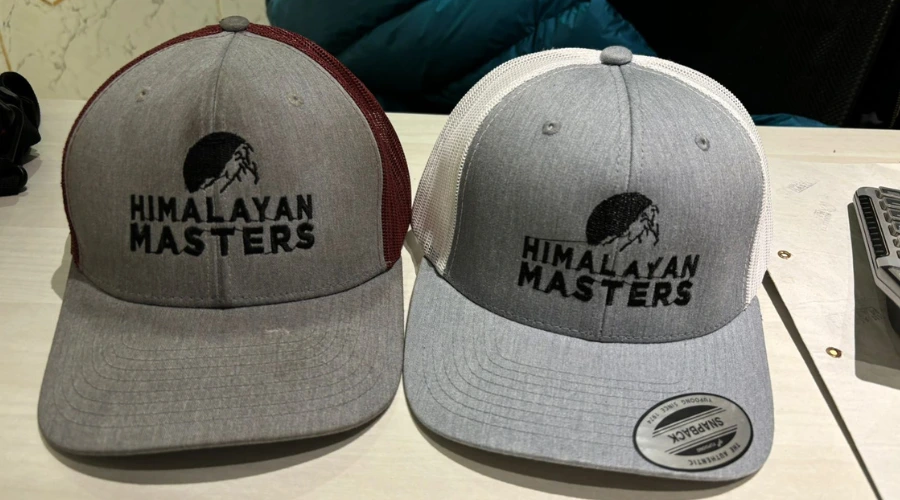
Handwear
All the mornings above 3000 meters require gloves to keep your hands and fingers warm. If you are planning your trip in the winter season, be prepared to wear warm gloves from the beginning of your trek.
There are different kinds of gloves in the market, but we suggest you choose the ones with multi-layered gloves having fur inside, which produces warmth and a water/airproof layer outside.
Woollen, synthetic or waterproof gloves are the best options. The combination of woollen and synthetic gloves can be the best way to encounter extreme cold.
Upper/Top Wear
The clothing you require above the waist and below the neck is known as upper or top wear. You must be very careful to protect your body from the cold in the Himalayas. The best way to keep the body warm is to wear multi-layers of clothes.
While hiking in higher altitudes, especially above 3500 meters, you need at least three layers of clothes. The base, the mid, and the outer layer are the three basic layers you need to wear to maintain the proper temperature for your body.
The Base
The base layer is attached to your skin. It is supposed to be comfortable and fit with your body. The clothes you wear as a base layer should be made up of materials that wick the sweat quickly, preventing you from catching a cold.
Merino wool is highly recommended as it contains doesn’t produce much odour. You better carry an extra base layer for a weeklong trip.
Mid Layer
As the body produces heat, the base layer helps to contain warmth produced by your body and provides additional warmth, providing enough warmth to the body. So, it is also an important insulator. The clothing for the mid-layer should be light, breathable, and stretchable.
Outer Layer
The outer layer is important for hiking in the Himalayas, especially during winter. The outer layer should be windproof and waterproof as it has to protect your body from outer conditions like snowfall, rainfall, and wind.
The down jacket contains fantastic insulator-like fluffs, creating lots of small air pockets that trap the warm air and retain heat, keeping your body warm even in extreme cold.
Besides, the fleece jacket, raincoats, and, most importantly, the Gore-Tex are the best options to choose for the outer layer.

Lower/Bottom Wear
The clothing you require to cover from the waist to your ankles is called lower wear.
As the base layer for your lower body, underwear is the most important one. It might sound silly to talk about underwear. But in fact, it might cause great harm if you cannot choose the right underwear for your hike.
While having a long walk, you are likely to get a chafe, causing much discomfort and pain if you wear ordinary underwear. Cotton seems to be okay only for a few hours of walking, but if you walk for long hours, cotton surely leads to severe chafing.
So, we suggest you not use cotton. Instead, you can use synthetic underwear that properly wicks moisture away from the skin and keeps you comfortable for hours.
The shorts or half-length trousers are suitable for hiking in the lower elevations, especially during the daytime. The spring and autumn days in the lower altitudes of the Khopra Danda trail are significantly warm. So, you do not require warm trousers or fleece pants.
But as you go higher, the mornings and the evenings get colder and colder, so you need to wear fleece pants and warm trousers. The regions above 3500 meters require warm fleece pants for the whole day.
As we know, there is frequent temperature fluctuation, even on a single day in the Himalayas. You might feel extremely hot for an hour and extremely cold for the next hour.
So, the best way to cope with such conditions is to wear layers of clothes so that you can easily remove and add layer(s) depending on the situation.
Gore-Tex pants are amazing as they allow you to sit on the snow without soaking your behind.
Foot Wear
A little discomfort in your legs affects the success of your trek, and it might result in the cancellation of your trip. So, you are required to choose the right footwear made of materials that make your walk cozy.
The Khopra Danda trails require trekking boots as they pass through some of the rough sections with rocky paths and snowy trails. Most importantly, do not forget to choose light boots; otherwise, you may be obsessed with the weight of your boots.
The trekking boots are also supposed to be water-resistant. You may have to walk in the rain in the lower elevations and on the snow in higher elevations.
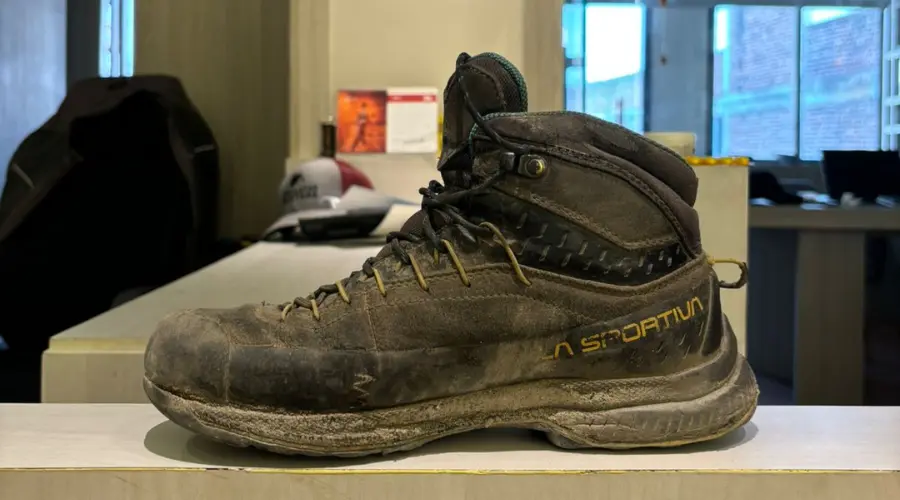
Besides having a pair of hiking boots, you are likely to carry a pair of running shoes, which can be great for any sightseeing during the trip.
For example, if you like to spend a day acclimatizing before hiking to an extremely high altitude, you probably do not want to end up the full day in bed! You might want to take a short hike around the area for a few hours.
Although it is not mandatory, you can also have a pair of sandals for strolling around the teahouse or in the hotel, especially in the evenings and in the mornings.
Along with the shoes, you require some pairs of socks. It is better to have a pair of socks for each day of your trek. Normal fabric socks are enough for lower elevations, whereas you might require woollen warm socks at higher altitudes.
Some Tips on Khopra Danda Trek Clothes
- Weather conditions in the Himalayas are unpredictable. It might change morning to night, lower region to higher region, or season to season. So, pack clothes accordingly.
- Do not include too many clothes in your trek packing list. Therefore, just carry what is needed for the trek.
- There is no proper laundry service, and washing clothes might not be possible. So, carry enough pairs of clothes. However, if you need to wash clothes, carry clothes that are light, easy and quick to dry so that they dry by night.
- Pack an extra pair of thermal layer clothes so that you can change them. If you wear clothes that are wet due to sweat or water, you might catch a cold or pneumonia.
Want to know more?
Speak to an Expert





Sandip Dhungana
Nepal 🇳🇵
Whatsapp: +977-9823636377

